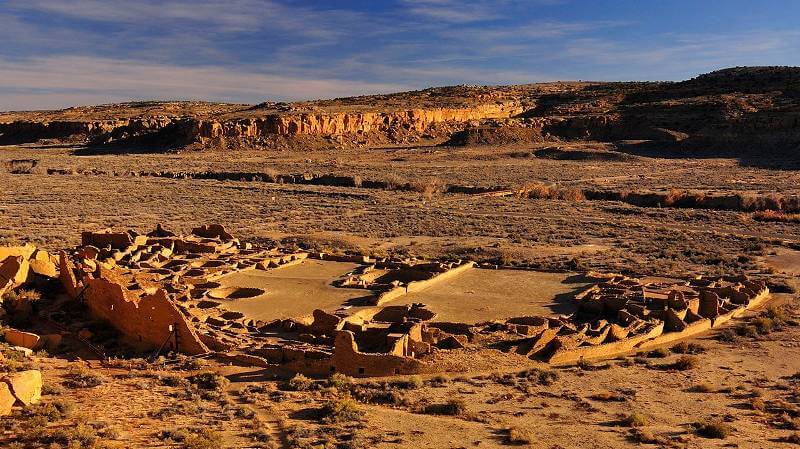Societies and political structures, like the humans they serve, appear to become more fragile as they age, according to an analysis of hundreds of pre-modern societies. A new study, which holds implications for the modern world, provides the first quantitative support for the theory that the resilience of political states decreases over time.
Triggers of societal collapse have been well studied and vary from conquest and coups to earthquakes and droughts. This new study shows that pre-modern states faced a steeply increasing risk of collapse within the first two centuries after they formed. The research identifies several mechanisms that could drive these aging effects. Some of the mechanisms, like environmental degradation and growing economic inequality, are still at work today.
The findings, published in the Proceedings of the National Academy of Sciences, highlight the need to understand internal processes that may contribute to the demise of states, says SFI External Professor Tim Kohler (Washington State University).
“We tend to concentrate on external drivers such as drought or catastrophes. Yes, these have a role, but often they are just triggers that are effective, or not, depending on the internal dynamics of particular societies,” says Kohler.
How states and great powers rise and fall has been an enigma that has puzzled historians for years. In this study, the researchers looked at this question from a new angle, by analyzing longevity in 324 pre-modern states spanning five millennia.

“This approach is commonly used to study the risk of death in aging humans, but nobody had the idea to look at societies this way,” says SFI External Professor Marten Scheffer (Wageningen University), lead author of the study.
In humans, the risk of dying doubles approximately every 6-7 years after infancy. As that exponential process compounds with great age, few people survive more than 100 years. The authors show that it works differently for states. Their risk of termination rises steeply over the first two centuries but then levels off, allowing a few to persist much longer than usual.
They found a similar pattern all over the world from European pre-modern societies to early civilizations in the Americas to Chinese dynasties.
“Ancient Chinese states or dynasties had an upper limit of longevity around 300 years across the past two millennia. This middle-school textbook knowledge in China has a myriad of explanations, but no consensus has been reached,” says co-author Chi Xu of Nanjing University in China. “Perhaps the answer is underneath the global pattern of human civilizations — what happened in ancient China is a perfect reflection that all societies will age and become vulnerable.”
Societies today differ in many ways from the pre-modern states studied by the authors. Nonetheless, according to Scheffer, humans should not expect modern societies to be immune to the mechanisms that drove the waxing and waning of states for thousands of years.
“Mechanisms that destabilized past societies remain relevant today,” Sheffer says. “Indeed, perceived unfairness and scarcity exacerbated by climatic extremes may still drive discontent and violence.”
Current threats to global society make these findings particularly applicable, adds co-author Tim Lenton from the University of Exeter.
“As our society enters a climate and ecological crisis of our own making the evidence that it is getting less resilient just increases the systemic and existential risks we are facing,” he says. “A glimmer of hope is that some past societies pulled through crises and lived much longer — but they had to reinvent themselves in the process.”

